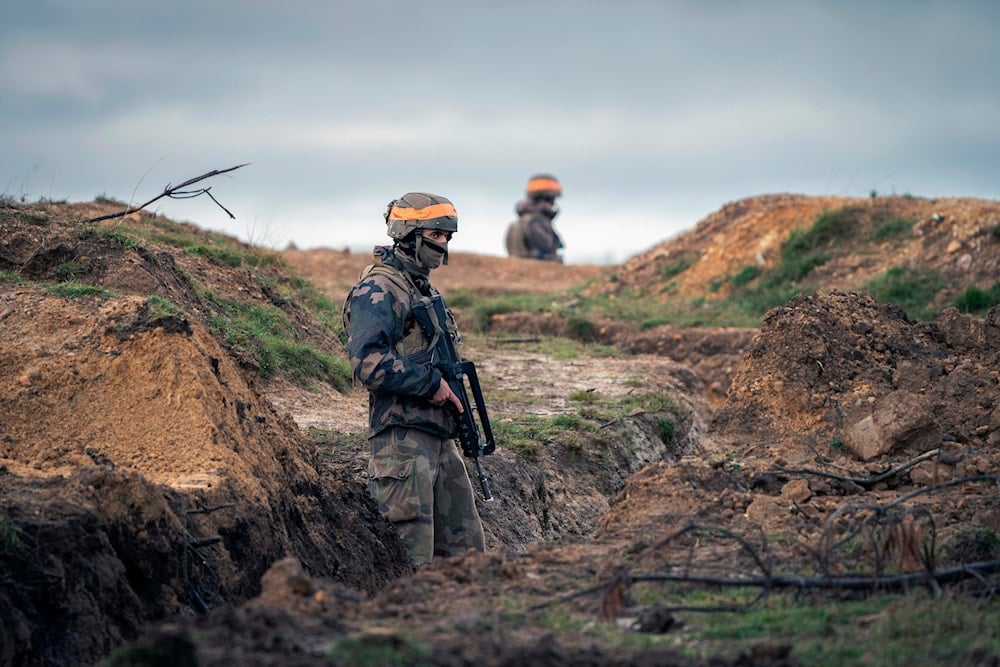Europe spent $3 trillion on defense, but got little in return - FT
After spending over $3 trillion on defense, Europe still struggles with weak coordination and poor returns.
-

Ukrainian infantrymen train with French soldiers to learn combat skills, in France, Tuesday, Nov. 7, 2023 (AP)
Europe’s defense budgets have more than doubled over the past decade, largely in response to what policymakers perceive as a growing threat from Russia and broader regional instability. But while the figures have surged, the capabilities have not, according to the Financial Times.
Between 2013 and 2023, European NATO member states spent over $3.15 trillion on military efforts, more than enough, according to FT contributing editor Adam Tooze, to establish effective deterrence.
Yet the continent remains hampered by low readiness, depleted stockpiles, and limited ability to project force or meaningfully support allies like Ukraine.
The problem, Tooze argues, is not underinvestment but inefficiency. Europe already fields more active-duty personnel than the United States. The real issue lies in how that money is spent, and what it fails to deliver.
“The scandal is not that European defence budgets have not already doubled,” he writes. “The scandal is that Europe spends so much and gets so little for it.”
What $3 trillion could have meant elsewhere
Tooze offers a provocative comparison: Imagine if Europe had devoted those trillions to clean energy. That investment could have funded multiple versions of the US Inflation Reduction Act. If it had resulted only in scattered infrastructure without meaningful change, voters would be outraged. In defense, however, failure often brings more funding, not scrutiny.
Some optimists point to recent joint projects and a sense of renewed urgency in capitals like Paris, London, and Ankara. But as Tooze notes, reaching even the “average inefficiency” of the US military would be an improvement.
Cynics see something else entirely: a system that isn't broken, but working exactly as intended. High-cost procurement, minimal coordination, and national interests embedded in the military-industrial complex point to profit, rather than security, as the primary motivator.
“Only the very naive think that military spending is primarily about national security,” Tooze writes, questioning how EU rhetoric on interoperability squares with its fragmented procurement practices.
Strategy, not just Euros
In Tooze's view, what Europe lacks is not money, but a coherent defense strategy. Scale, coordination, and long-term planning are essential. Without these, additional funding risks replicating past mistakes.
The writer draws a line to another major international initiative, the Just Energy Transition Partnerships, where large ambitions were paired with underwhelming execution. Europe’s current military trajectory may face a similar fate, only with much higher stakes.
At its heart, Tooze contends, the belief that massive investment can fix systemic failures is misguided. Without serious structural change and meaningful cross-border cooperation, the idea that quantity will turn into quality remains a fantasy.
Europe’s citizens, he concludes, should recognize the reality: this is not just a military upgrade, it’s a trillion-euro gamble on a broken model.
Read next: Pentagon chief: NATO likely to back Trump’s 5% defence spending target

 3 Min Read
3 Min Read










